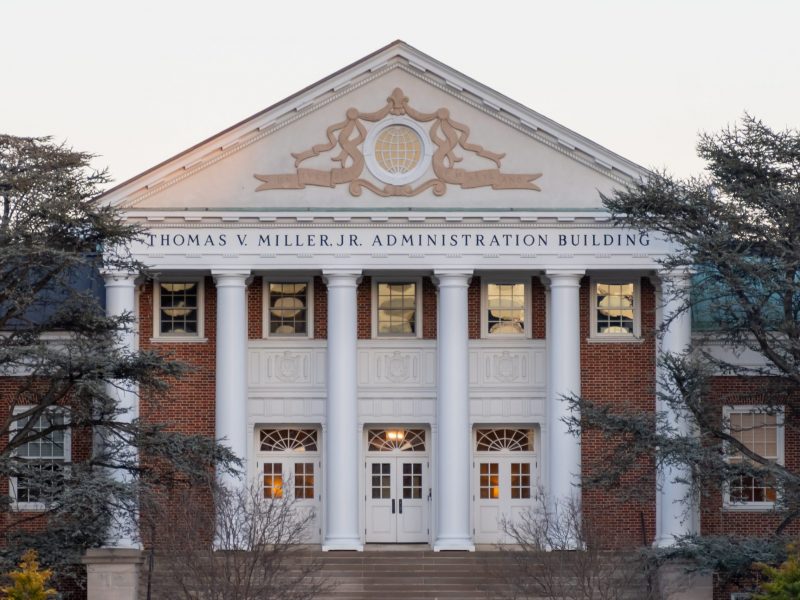Two state legislators announced a bill yesterday that would restore $120 million cut from the University System of Maryland’s budget over the past three years and permanently limit tuition increases to 4 percent annually.
The bill would require about $920 million to be budgeted for the system in the next fiscal year — a $120 million increase over this year’s allocation. It would also permanently require the amount of money spent on each full-time in-state student be increased by 5 percent annually.
“The House will again take the lead … to pass a measure to provide a guaranteed funding increase,” said Del. Richard Madaleno (D-Montgomery), the lead sponsor of the House’s version of the bill. Sen. Brian Frosh (D-Montgomery) put the Senate version on that chamber’s floor Friday.
The bill would also retroactively increase this year’s funding from $800 million to about $864 million through a bill providing an extra funding source for the system or a supplementary budget submitted by Gov. Bob Ehrlich (R).
A similar bill — House Bill 1188 — that would have secured annual funding increases and capped tuition hikes to 5 percent passed through the General Assembly last year but was vetoed by Ehrlich. The legislature’s effort for an override fell short in a special session in January, but the bill has already been reintroduced in this session.
Many thought the major point of contention for HB1188 was its provision for a 10 percent increase in corporate income tax to fund the bill, which is also included in the reintroduced version, House Bill 554. The Madaleno-Frosh bill does not have a specified funding source to cover its costs.
Sen. John Giannetti (D-Anne Arundel and Prince George’s) said he thought it would be risky to depend on Ehrlich to provide funding and said it is important to find a relevant source like the business community to support higher education.
Del. Adrienne Jones (D-Baltimore County), lead sponsor of both HB1188 and HB554, said the lack of a funding source would put a burden on the state’s general fund.
“The funding source would free up other state resources to go to other state programs that have been cut, but giving a funding source directed for higher education … relieves some of the general fund,” she said.
Response from the university system has been somewhat mixed. While the majority of the members of the system’s Board of Regents have spoken out against the limitations tuition capping legislation would place on their own ability to make decisions, a few have fervently lobbied for a permanent tuition cap and funding security.
“It’s obviously a very good long-term fix for the university’s problems because it provides guaranteed funding, it’s permanent, it takes into account increased enrollment … and it caps tuition,” said Regent Jim Rosapepe.
At the regents’ January meeting during which they set next fall’s tuition rates, Rosapepe proposed that the regents impose a tuition cap provided that Ehrlich increased the system’s funding. Most of the regents, however, spoke out against the political ramifications of asking Ehrlich for extra funding, and the regents voted 11-3 to reject the proposal.
Regent Robert Pevenstein said he did not support any bills in the General Assembly that would interfere with the regents’ freedom to set tuition.
System Chancellor Brit Kirwan said any bill that would reduce the authority of the Board of Regents would be difficult for them to accept.
Kirwan expressed gratitude to the General Assembly for its focus on higher education and praised the new Madaleno-Frosh bill on its recognition of a provision for enrollment growth. The per-student funding increases included in the bill allow funding to grow with the size of the student body as the system expects a 30 percent surge in enrollment over the next 10 years.
The new bill also requires the regents to report every other year on the progress of implementing its cost-cutting Effectiveness and Efficiency Report.


